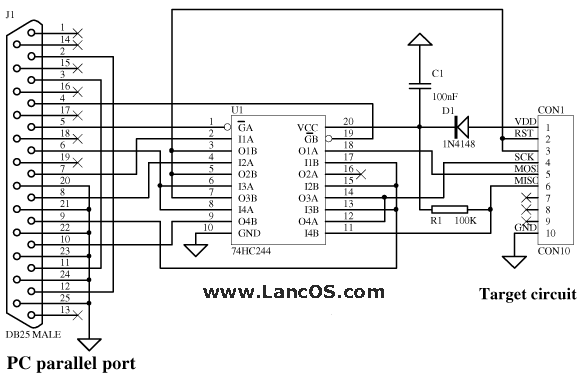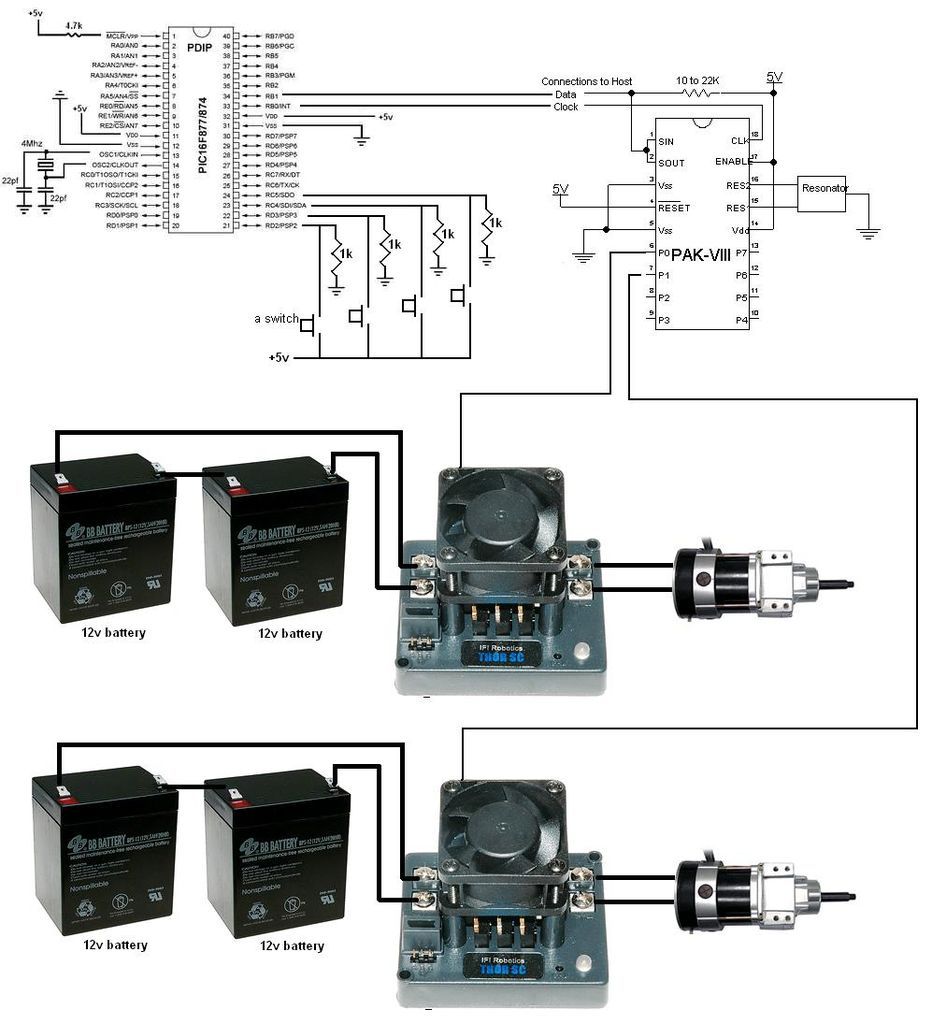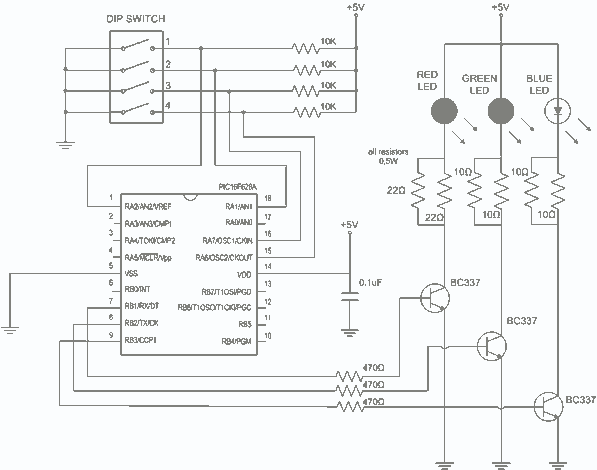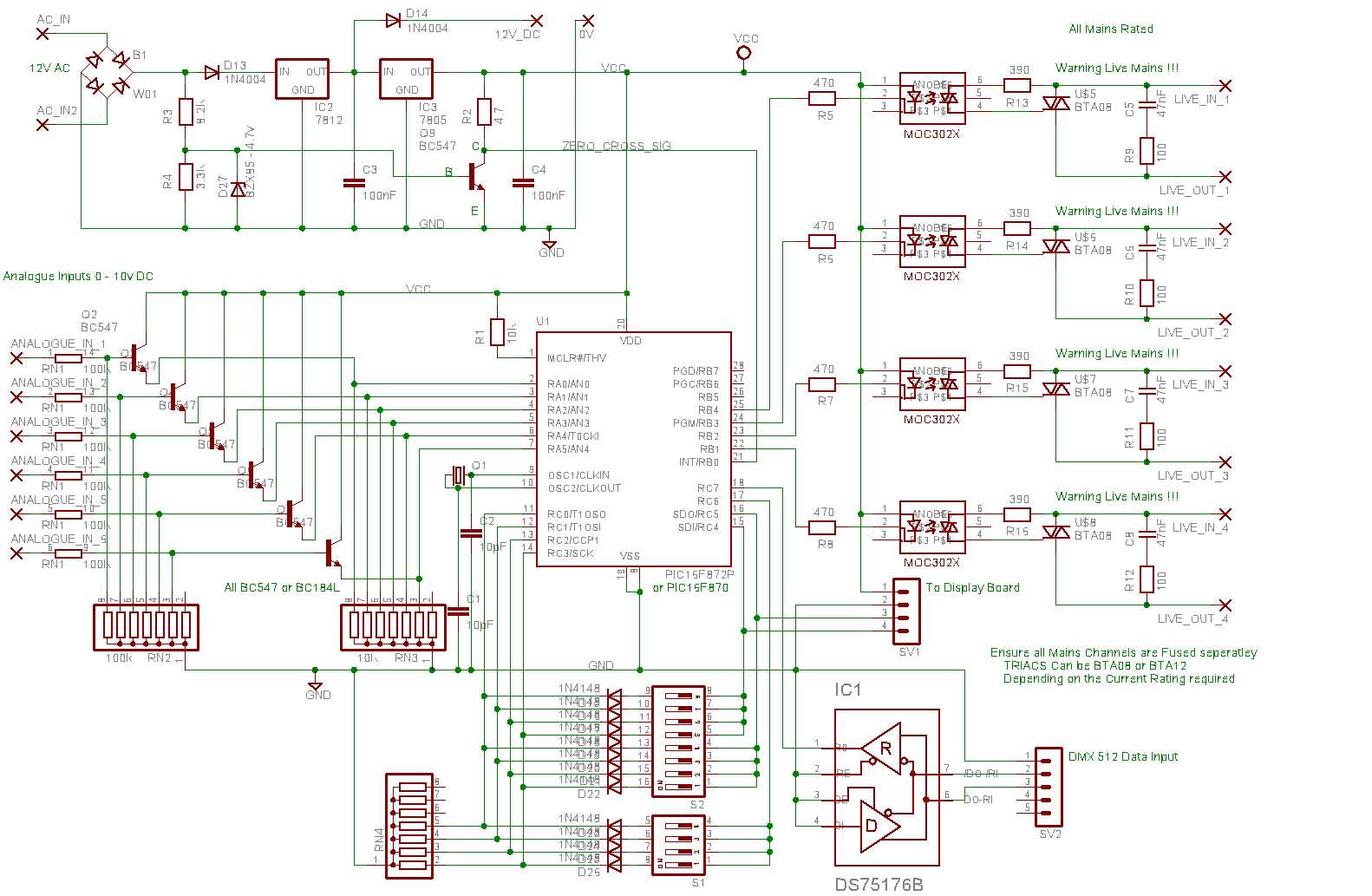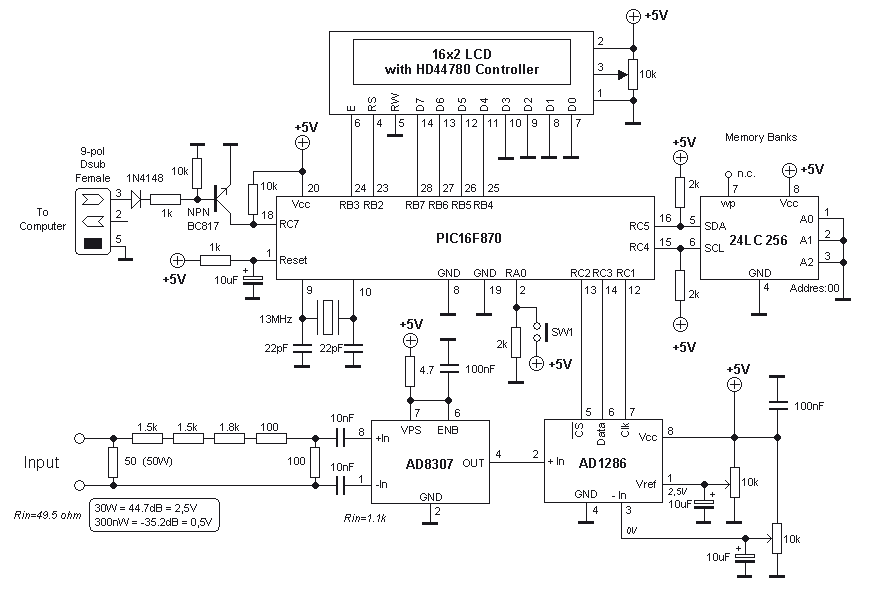
Programming PIC Microcontrollers
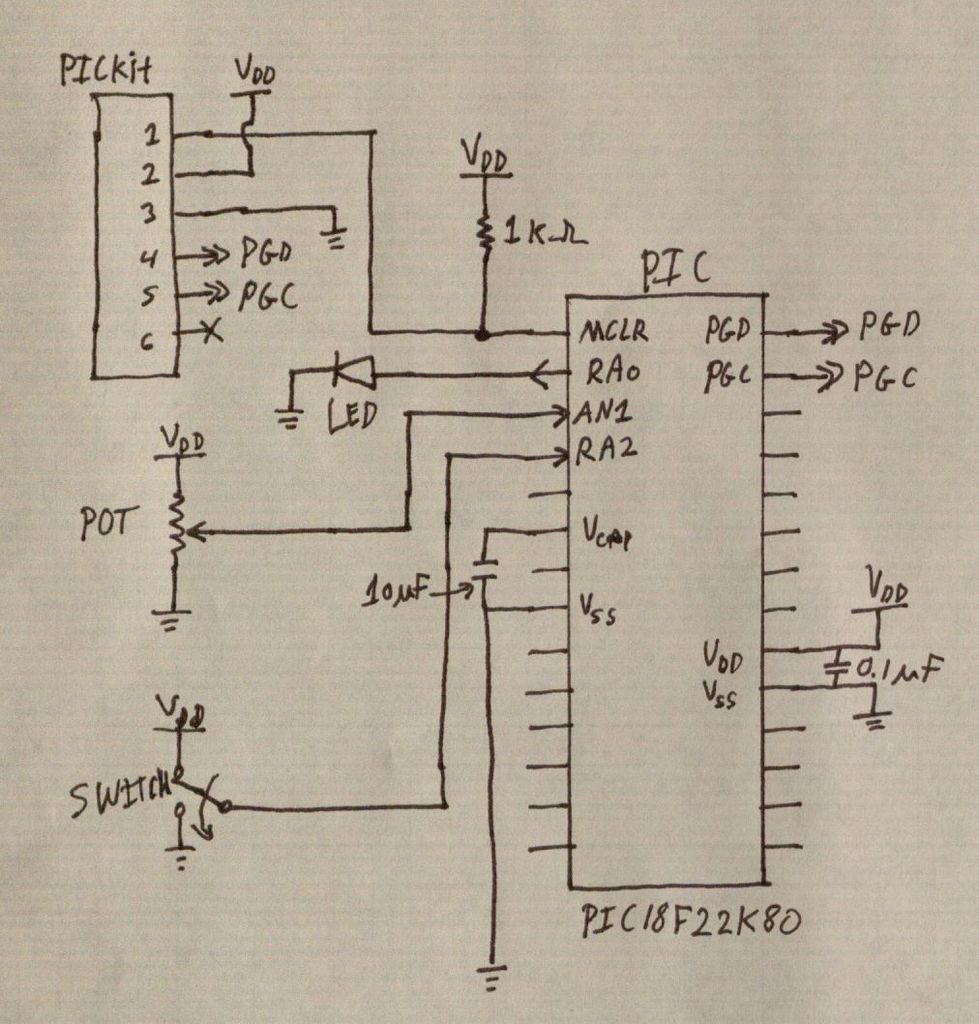
PIC microcontrollers are a highly useful and versatile component for various electronic projects. They are affordable and readily available.
PIC microcontrollers are embedded systems that serve as the central control unit in a wide range of electronic applications. Their architecture is designed to be efficient, allowing for low power consumption while maintaining high performance. These microcontrollers typically feature a variety of input/output (I/O) pins, enabling them to interface with sensors, actuators, and other peripherals seamlessly.
The programming of PIC microcontrollers is facilitated through various integrated development environments (IDEs) and programming languages, with MPLAB X IDE and C being among the most common. The flexibility in programming options allows engineers and hobbyists to implement complex algorithms and control logic tailored to specific project requirements.
In terms of connectivity, many PIC microcontrollers support communication protocols such as I2C, SPI, and UART, enabling integration with other devices and modules. This capability is crucial for projects that require data exchange or remote control functionalities.
The extensive range of available PIC microcontroller models caters to different processing needs and application scales, from simple tasks to more demanding operations. Their compact size and low cost make them suitable for both prototyping and production, further enhancing their appeal in the electronics community.
In summary, PIC microcontrollers are an integral component in modern electronics, offering a balance of performance, cost-effectiveness, and versatility that makes them ideal for a wide array of applications, from educational projects to advanced industrial systems.PIC microcontrollers are a very useful and versatile tool for use in many electronic projects. They are very inexpensive and easy to find. They are al.. 🔗 External reference
PIC microcontrollers are embedded systems that serve as the central control unit in a wide range of electronic applications. Their architecture is designed to be efficient, allowing for low power consumption while maintaining high performance. These microcontrollers typically feature a variety of input/output (I/O) pins, enabling them to interface with sensors, actuators, and other peripherals seamlessly.
The programming of PIC microcontrollers is facilitated through various integrated development environments (IDEs) and programming languages, with MPLAB X IDE and C being among the most common. The flexibility in programming options allows engineers and hobbyists to implement complex algorithms and control logic tailored to specific project requirements.
In terms of connectivity, many PIC microcontrollers support communication protocols such as I2C, SPI, and UART, enabling integration with other devices and modules. This capability is crucial for projects that require data exchange or remote control functionalities.
The extensive range of available PIC microcontroller models caters to different processing needs and application scales, from simple tasks to more demanding operations. Their compact size and low cost make them suitable for both prototyping and production, further enhancing their appeal in the electronics community.
In summary, PIC microcontrollers are an integral component in modern electronics, offering a balance of performance, cost-effectiveness, and versatility that makes them ideal for a wide array of applications, from educational projects to advanced industrial systems.PIC microcontrollers are a very useful and versatile tool for use in many electronic projects. They are very inexpensive and easy to find. They are al.. 🔗 External reference
